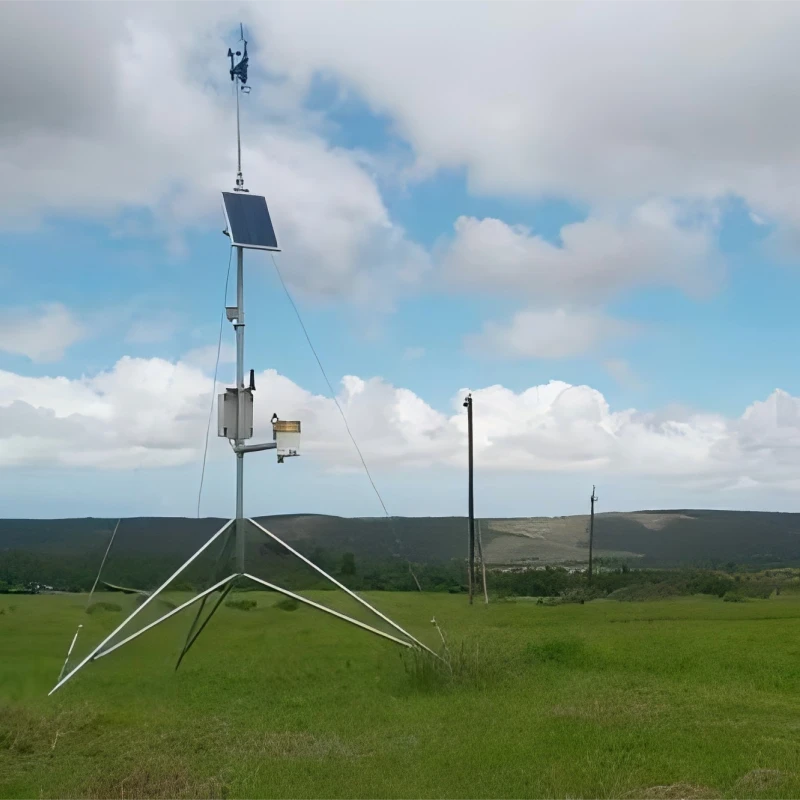
# Weather Measuring Instruments: Essential Tools for Accurate Forecasting
Weather forecasting has come a long way from relying solely on observations of the sky and wind patterns. Today, meteorologists use a variety of advanced weather measuring instruments to collect precise data, enabling them to predict weather conditions with remarkable accuracy. These tools are essential for understanding atmospheric changes and providing timely warnings for severe weather events.
## Thermometers: Measuring Temperature
One of the most fundamental weather measuring instruments is the thermometer. Thermometers measure air temperature, which is a critical factor in weather forecasting. Modern thermometers use digital sensors to provide real-time temperature readings, ensuring accuracy and reliability. Whether it’s a mercury thermometer or an electronic one, this tool remains indispensable for meteorologists.
## Barometers: Tracking Atmospheric Pressure
Barometers are used to measure atmospheric pressure, which is a key indicator of upcoming weather changes. A sudden drop in pressure often signals an approaching storm, while a rise in pressure indicates fair weather. Aneroid barometers and digital barometers are commonly used today, offering precise measurements that help forecasters predict weather patterns.
## Anemometers: Gauging Wind Speed and Direction
Wind plays a significant role in weather systems, and anemometers are the go-to instruments for measuring wind speed and direction. Cup anemometers and vane anemometers are widely used, with modern versions incorporating ultrasonic technology for even greater accuracy. This data is crucial for predicting storms, hurricanes, and other wind-related phenomena.
## Hygrometers: Measuring Humidity Levels
Humidity, or the amount of moisture in the air, is another critical factor in weather forecasting. Hygrometers measure relative humidity, helping meteorologists understand how much water vapor is present in the atmosphere. This information is vital for predicting precipitation, fog, and even heatwaves.
## Rain Gauges: Measuring Precipitation
Rain gauges are essential for measuring the amount of precipitation that falls over a specific period. These instruments come in various designs, from simple cylindrical containers to advanced tipping bucket rain gauges. Accurate precipitation data is crucial for flood forecasting, water resource management, and agricultural planning.
## Weather Balloons and Radiosondes
For upper-atmosphere observations, weather balloons equipped with radiosondes are launched into the sky. These instruments measure temperature, humidity, pressure, and wind speed at various altitudes. The data collected provides a vertical profile of the atmosphere, which is invaluable for creating detailed weather models.
## Satellites and Radar Systems
Modern weather forecasting relies heavily on satellites and radar systems. Satellites provide a global perspective, capturing images of cloud cover, storm systems, and other atmospheric phenomena. Radar systems, on the other hand, detect precipitation and track its movement in real time. Together, these tools offer a comprehensive view of weather patterns across vast regions.
## The Importance of Weather Measuring Instruments
Accurate weather forecasting is essential for a wide range of activities, from agriculture and transportation to disaster preparedness and public safety. Weather measuring instruments provide the data needed to make informed decisions and protect lives and property. As technology continues to advance, these tools will only become more precise, further enhancing our ability to predict and respond to weather events.
In conclusion, weather measuring instruments are the backbone of modern meteorology. From thermometers and barometers to satellites and radar systems, each tool plays a vital role in understanding and forecasting the weather. By leveraging these instruments, we can better prepare for the challenges posed by our ever-changing atmosphere.
Keyword: weather measuring instruments
